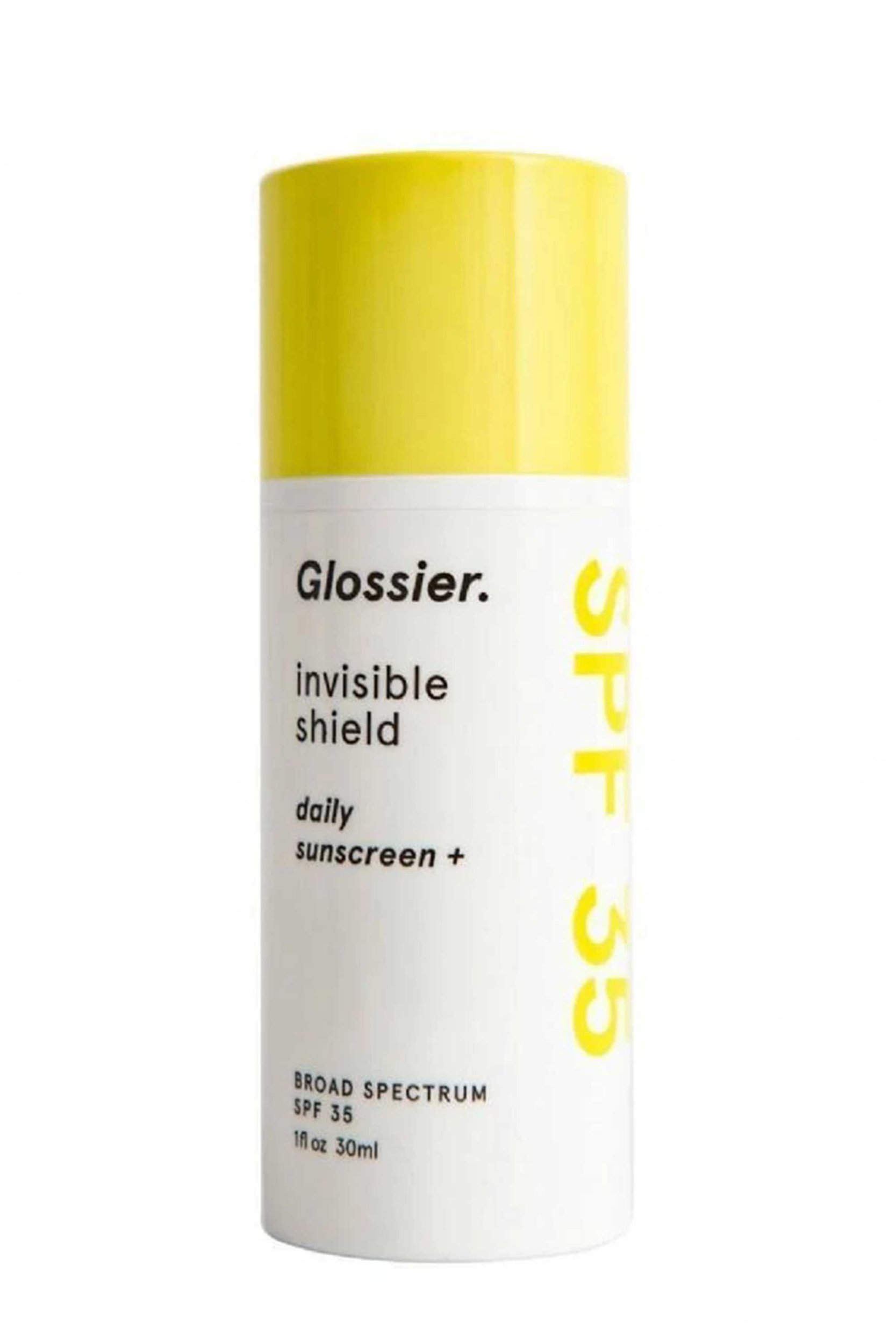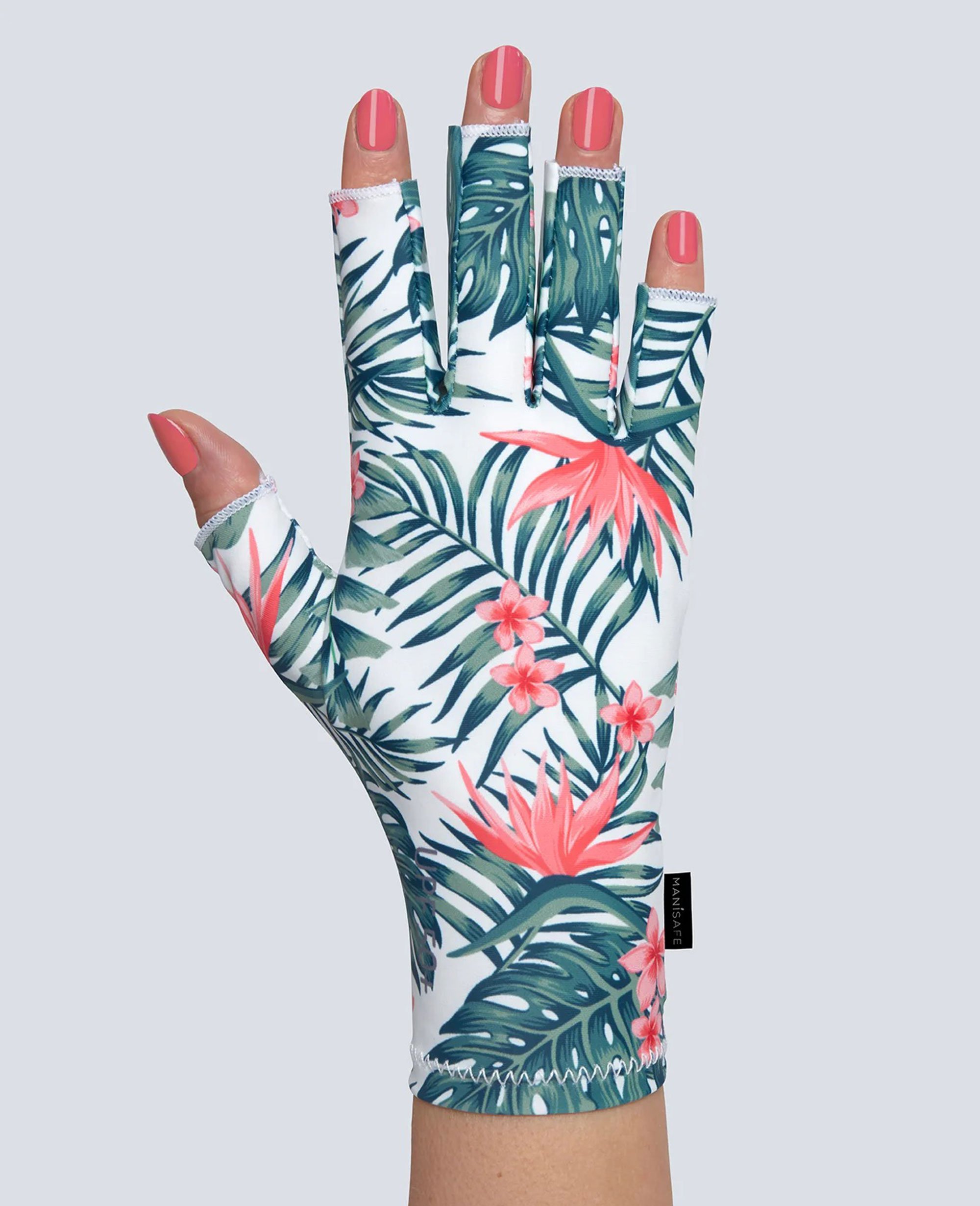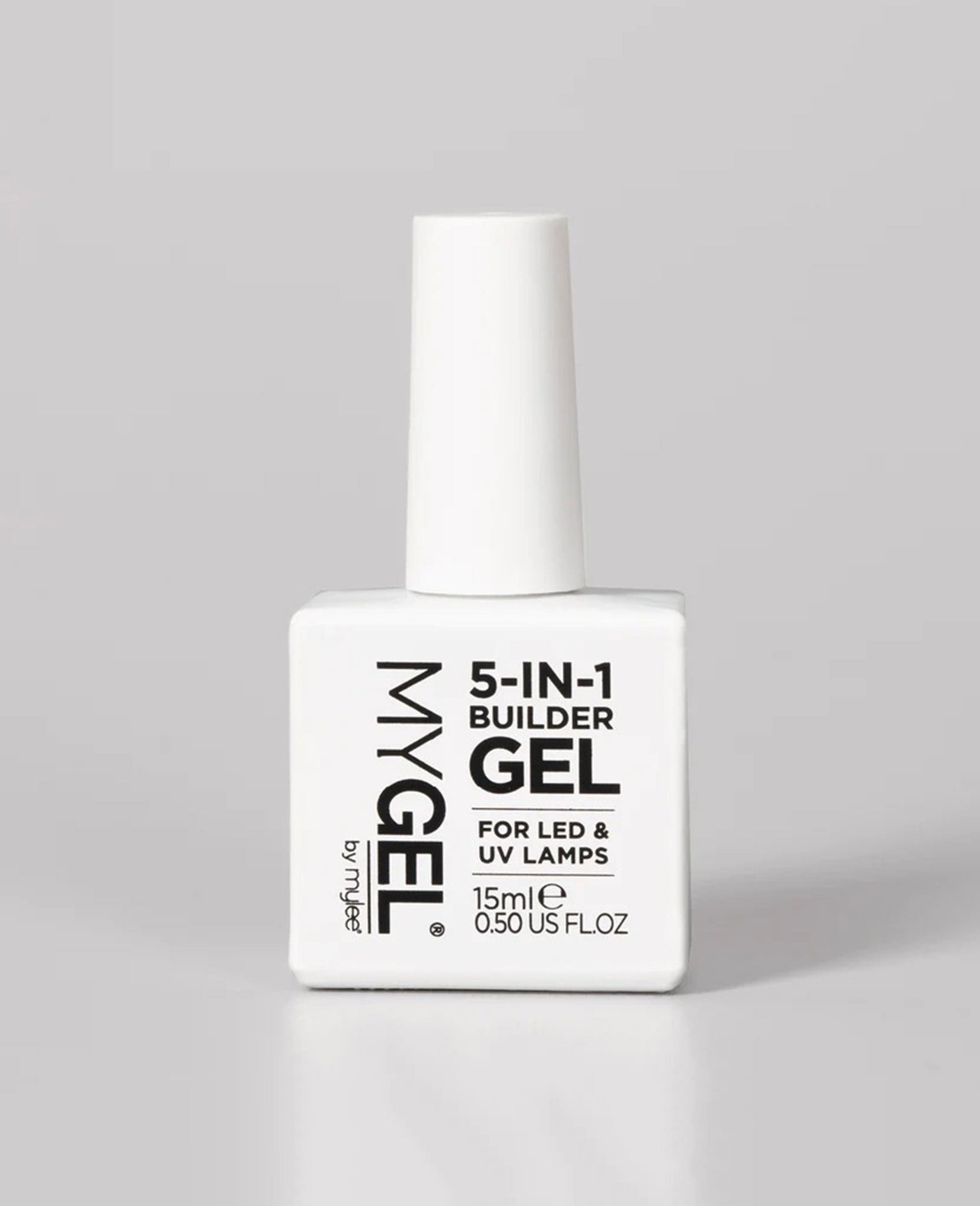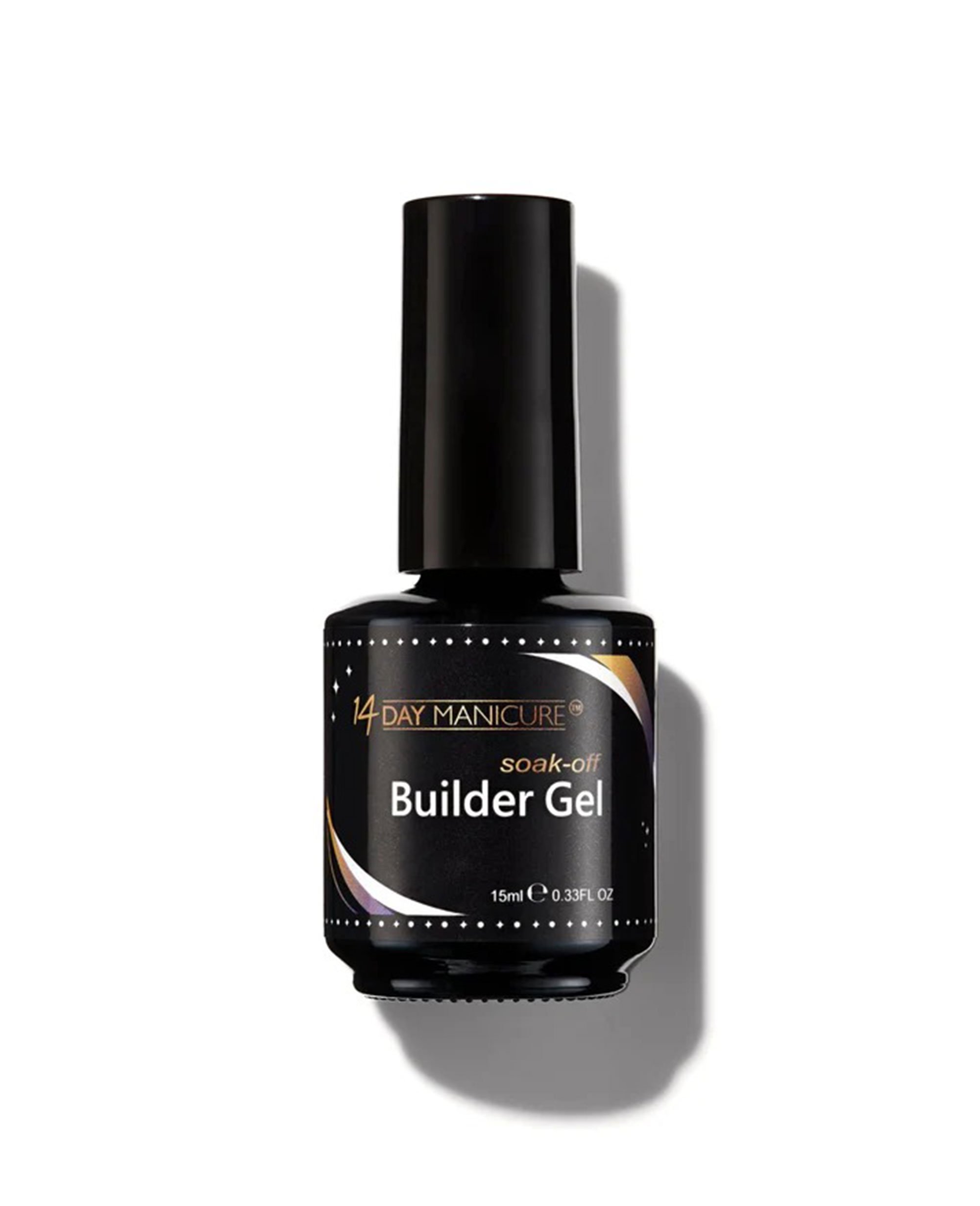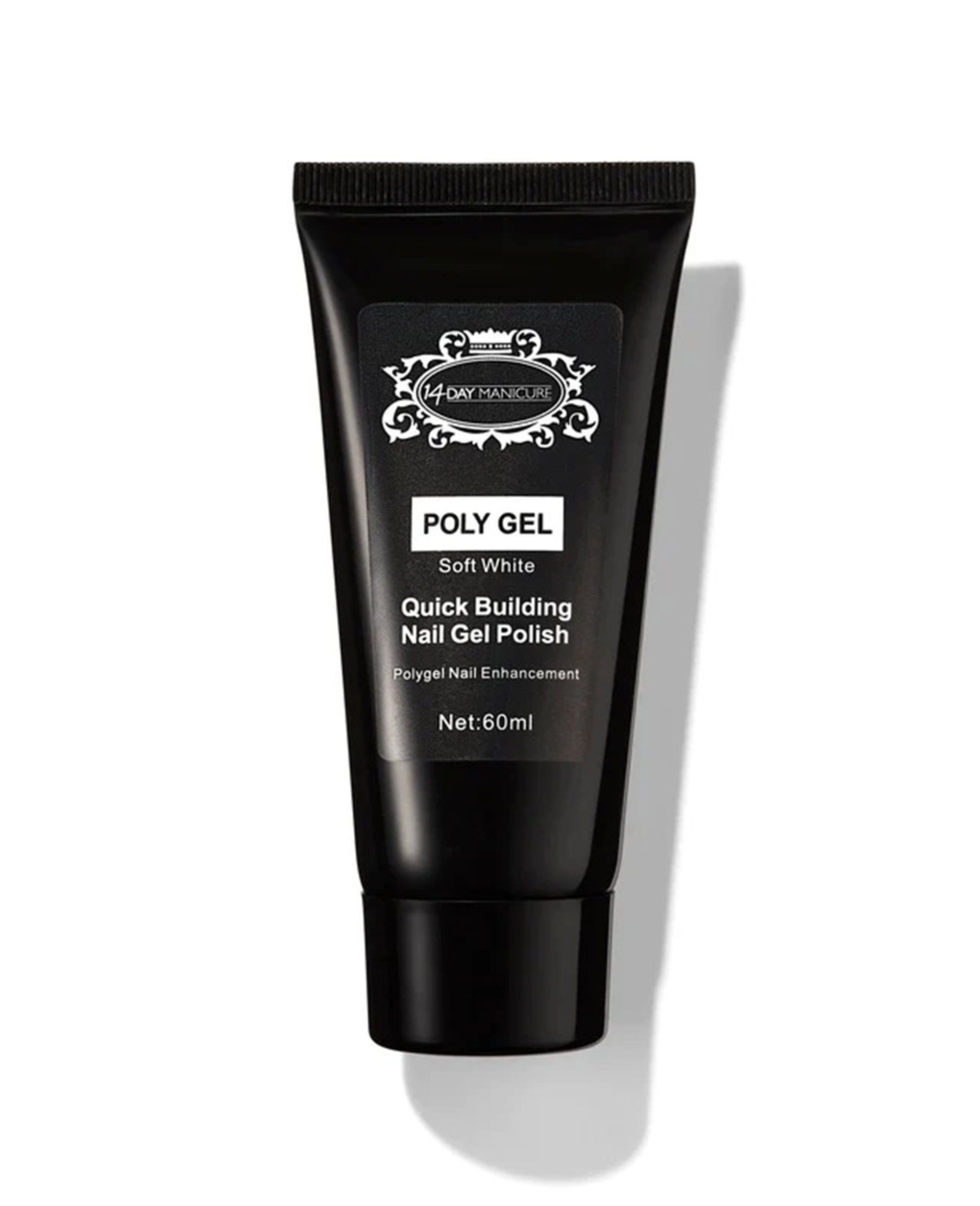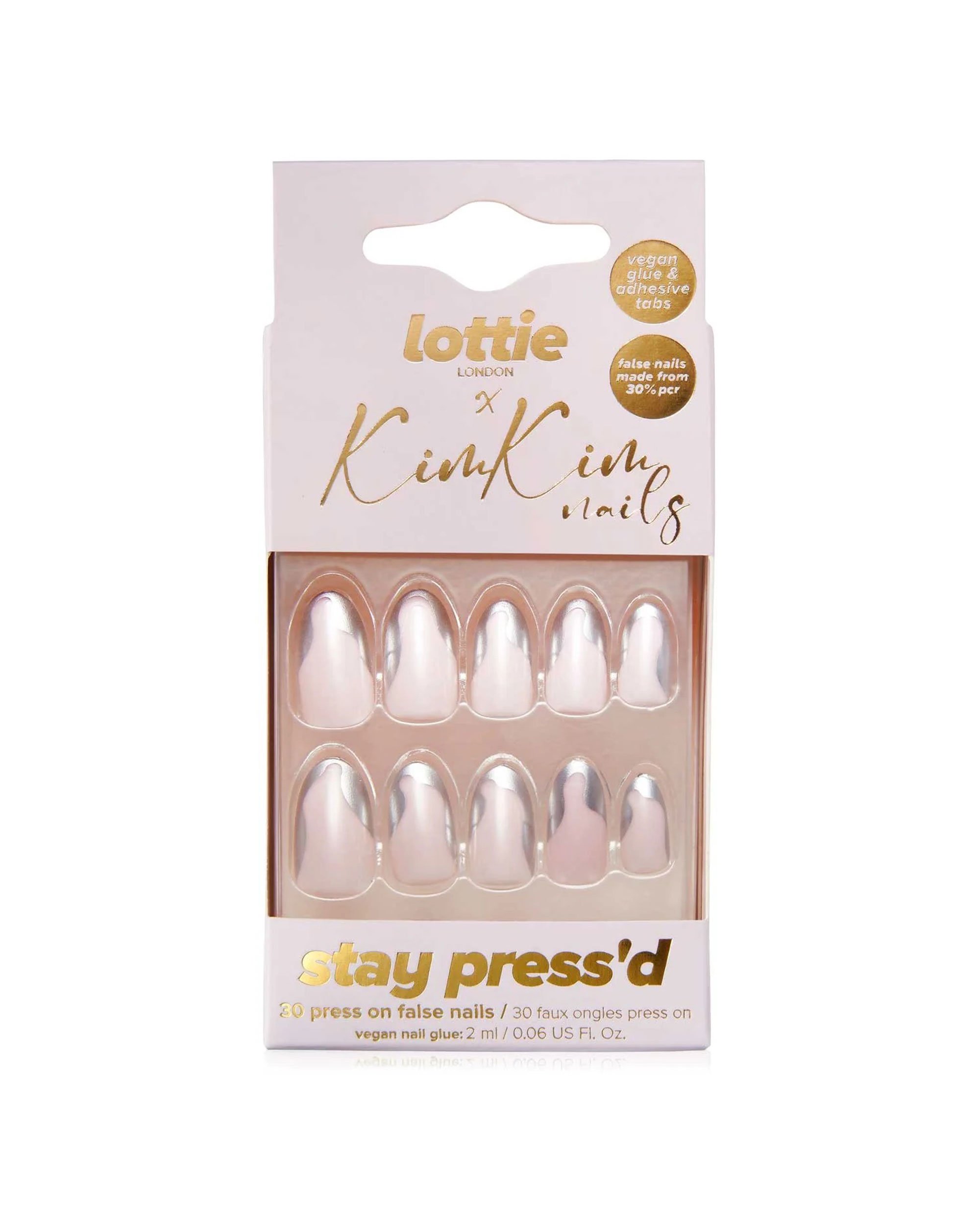As a beauty editor who has qualified as a nail tech in my spare time, I spent a lot of time trying different nail trends like aura and cat eye nails and different types of nail enhancements like gel extensions and Polygel.
It’s a really exciting time in nail innovation. The nail tech in me is constantly on the lookout for new ways to achieve the manicure of my dreams and the journalist in me wants to know exactly how each product works and performs. A lot of the time, these manicures can be credited to having some sort of nail enhancement or extension; giving an enviable length or the perfect, smooth canvas for nail art.
We’ve been seeing different types of nail products and techniques pop up on TikTok, but it can be confusing as hell trying to understand what each enhancement is — even if you’re a regular salon-goer.
A guide to the different types of nail enhancements
So, how well do you really know your BIAB from your Gel X? Your acrylics from your gel extensions? I’ve called in the help of two top nail pros to break down each nail enhancement, so you know exactly what to ask for next time you’re in that salon chair.
Gel nail polish
Starting at the simplest: gel polish. Gel polish was created by iconic nail brand CND under the brand name Shellac; a lot of salons use Shellac and gel polish interchangeably, but actually the former refers to a brand name (a bit like hot tub and Jacuzzi).
Gel polish is made up of monomers and oligomers that harden to a polymer under a UV lamp — essentially turning the wet liquid on your nails into a hard, durable surface.
Gel nails last up to three weeks and are a great option for people who like a high-shine, chip-free manicure that provides extra everyday protection — ideal for the clumsy among us, counting myself among the “us”. They do not however provide any extra length, so must be applied to your natural nail.
They don’t cause damage to your nail plate, as long as they’re removed correctly (read: no picking!). They need to be carefully buffed and soaked in acetone to flake off the old product.
Gel nails are safe, though some people worry about UV exposure if they’re regular at the salon. You can protect yourself by applying sunscreen prior to placing your hand under the lamp (just give it time to soak into the skin) or wear UV clothing like the Manisafe gloves.
Builder in a bottle
Builder in a bottle (often referred to as BIAB) is a form of gel polish and one of the trendiest of the bunch right now. Created by The Gel Bottle, it is what’s known as a ‘builder gel’. Essentially, it has the same qualities as regular gel polish but with the added benefits of strength. Just like regular gel, this has to be cured under a UV lamp.
It can be used as an overlay on top of the natural nail to provide protection and strength, especially for those who have brittle nails. Or, it can be used to add length to nails, making it ideal for extensions. Most people who have never been able to grow their nails before find that it’s possible with regular BIAB manicures.
Although you can do BIAB at home (with dupe products for The Gel Bottle formula, which is professional only), a lot of experts advise against it. Celebrity manicurist Michelle Class warns that bad application or under-curing can increase the risk of allergies and nail separation. “Used correctly, BIAB can have amazing results and really help solve your nail problems,” she says.
At home BIAB options include Mylee 5 in 1 Builder Gel, £13, Mylee and 14 Day Mani Builder Gel, £6.25, 14 Day Mani.
Gel extensions
Gel extensions work in the same way as traditional gels but are a thicker consistency and use something called a hard gel — an oligomer molecule that usually comes in a pot. Gel extensions are created using nail forms, which are stickers that go under the free edge of your nail to help guide and hold the gel in place before curing it.
Gel extensions provide a little more flexibility than acrylics, which makes them less likely to break or chip. This enhancement tends not to be ideal for nail biters because you need a natural nail tip (just small!) to effectively add the gel extension.
They’re not damaging at all for the nail, unless they’re removed incorrectly. Often, they are filed down (typically using an E-file) about 80-90% and then the rest is soaked off using acetone wraps and a gentler hand file to buff away the remaining product.
Hard gel is non-porous, meaning you can’t soak them entirely off without significant filing. This is where gel extensions can be damaging if you attempt them at home as you can accidentally file too much of the natural nail and weaken them.
Acrylics
Often referred to as the OG in nail enhancements is acrylics, which really took off in the 80s and 90s thanks to people like Olympian Florence Griffith Joyner (Flo-Jo). They’re not as popular today as they were then, but that doesn’t make them any less of an incredible nail enhancement.
Essentially, acrylics use a monomer (liquid) and a polymer (powder), which a nail tech carefully and quickly dips into to form a paste that is placed onto the nail in a ‘bead’. This bead is then dabbed and manoeuvred into place (often done in zones with three beads) to form an overlay or extension.
Unlike gel systems, acrylics don’t need a lamp to cure; they harden on their own due to the liquid and powder reaction. This means you don’t need to worry about gloves or SPF application.
“Suitable clients for acrylics are often those who may need that extra strength or want a super-long nail that is more durable than gel,” says Class. “You also have the ability to soak it off whereas hard gel is not soakable.”
And it’s not just suitable for the fingers either. Celebrity manicurist Kate Williamson uses acrylics on models to provide a hard-wearing surface on their toes to withstand pressure caused by squeezing into too-small shoes.
This is a nail enhancement that you absolutely want to leave to your nail tech — trust me, the smell of it alone without proper ventilation isn’t worth trying at home.
Polygel
One of the newest of the bunch is Polygel, which is a hybrid of gel and acrylics. It can be used to add an extension or as an overlay on a natural nail. Unlike acrylics and soft gels, Polygel comes in a tube and not a bottle, or a liquid and powder. It also needs something called a slip solution to move it around the nail before curing.
There are two ways to apply this product. The first is as an overlay, applying it similarly to gels (but this time with a brush and slip solution) to provide strength to the natural nail. The second is using something called dual forms; these are essentially plastic tips and help create extensions; adding length to the nail.
It’s an exciting innovation because it’s incredibly strong (just like acrylic) but has the flexibility of gels, making it ideal for strength and durability. The good thing about Polygel is that a lot of experts say it’s one of the safer products to use at home — and you’ve probably seen these tubes all over your FYP.
Though there are still risks for things like allergies, it’s wise to be careful. 14 Day Mani Polygel, £7.75, 14daymanicure is a great option.
Class flags some downsides to Polygel: “It can become brittle very quickly and that will cause lifting and premature cracking.” These aren’t the strongest of nail extensions out there so might not be suitable for everyone.
Aprés Gel-X
Aprés Gel-X are the easiest and quickest form of length and are ideal if you prefer your extensions to be thin, says Williamson. “Instead of an old school ‘tip’ applied for length, Gel-X is a full coverage nail in your desired length or shape,” she explains. This is an enhancement that a lot of nail artists use on shoots when a specific look is requested and there isn’t much time to achieve it.
It uses gel polish and plastic tips cured under a UV or LED lamp to harden to create the finished enhancement. Although this technique looks fairly simple, it’s actually quite difficult to master if you’re trying it at home. It’s easy to flood your cuticle with too much gel and not properly cure the product, which is where problems like allergies can be a risk. Done correctly though, there are plenty of pros to this enhancement.
There is minimal prep needed for the natural nail so Williamson recommends it to clients who have weak nails. She also suggest this method as ideal for nail art: “Clear tips give a clean base to build colour, encapsulate gems and create different effects,” she says.
Press-ons
We can’t not mention the humble press-on, which for a lot of people, is the perfect nail enhancement, coming without the hassle or cost of salon appointments. Press-on nails are a fantastic alternative.
Unlike the plastic tips that pinged off in seconds in the 90s, these new tips are designed to last. I really like the variety of Lottie London‘s designs, and they’re some of the most affordable on the market.
Whichever nail enhancement you’re going for, it’s important to keep those talons well-looked after. That includes regular cuticle oiling (we’re talking twice a day — minimum!), I like to use Famous Names Dadi’Oil, £14.95, Nail Polish Direct and Manucurist Green Oil, £14, Manucurist and frequent hand cream application, I like Caudalie Vinotherapist Hand & Nail Cream, £12, Boots and Dr Sam’s Flawless Hand Therapy, £14, Dr Sam’s,
Swipe and shop: Nail care
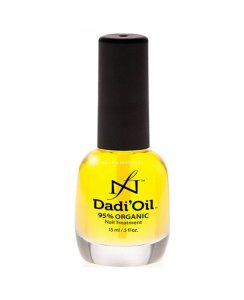
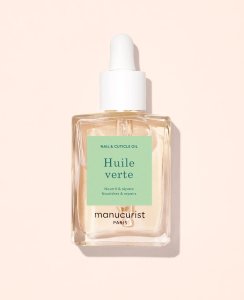
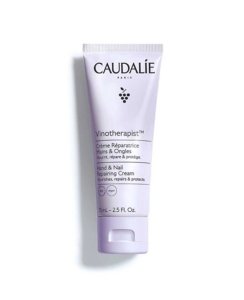

*Eliza may earn commission on sales from these product links

